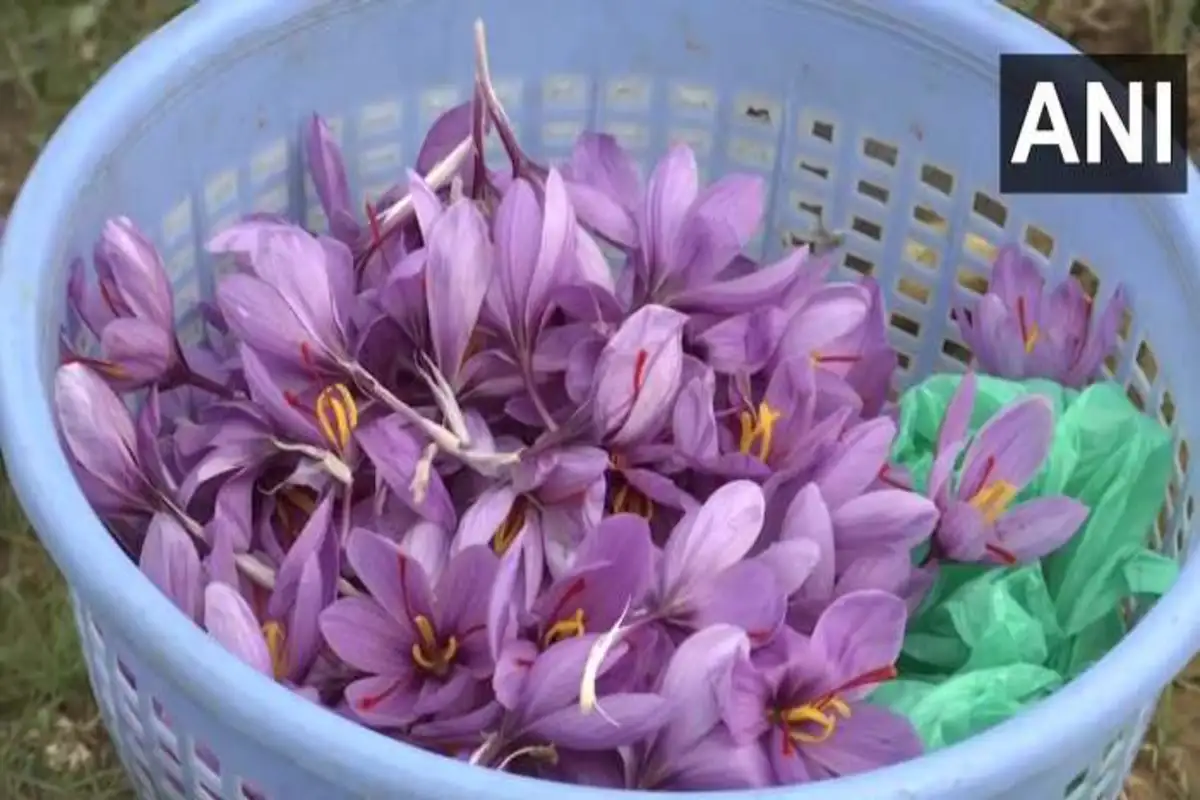
After GI tagging of saffron, the farmers have hiked its production resulting in substantial earning of revenues.
Soon after harvesting, the saffron is dried through machines, and a GI tag is given at Spice Park. Traditional drying affected the quality of saffron. In the last three years, saffron prices have increased by almost 63 percent as demand soared in the national and international markets. Right now, a kilogram of saffron is sold at Rs 300,000 against Rs 150,000 or less three years ago.
“Our saffron now directly goes to Dubai and in the future, it will rule other countries also,” the news report quoted Saffron Growers’ Association (SGA) president Abdul Majeed Wani saying this. Now, people have to pay Rs 3,250, for 10 gm of Kashmiri saffron, which is equivalent to the price of 47 gm of silver, according to the report.
One of the main reasons behind the sharp rise in Kashmiri saffron is its acknowledgment by the Indian government. The golden crop received geographical identification (GI) tag last year.
Notably, Kashmiri saffron is the only GI-tagged saffron in the world. The GI certification of Kashmiri saffron by Geographical Indications Registry would cease the adulteration and would also put an end to the marketing of saffron cultivated in other countries under the garb of being produced in Kashmir.
The adulteration of saffron had been affecting the economic interests of the farmers associated with this crop. GI labelling helps in identifying products that have a specific geographical origin and they possess premium qualities than similar products originated in other parts of the world.
With the help of GI tag, producer of that product are easily able to sell them in national or international market. It is important for the GI labelled product to have qualities, characteristics or reputation of the product to be essentially due to its place of origin.
Kashmiri saffron adds colour and flavour to biryani and many other dishes. Its exotic aroma is an additional delight for food lovers. In the wake of increasing demand of Kashmiri Kesar, its per-hectare production has increased manifold, and has provided income opportunities to farmers in Kashmir.
The GI tagging has equally revolutionized the handicrafts sector. An official said that there was an 1,100 percent increase in Pashmina GI last year. Pashmina dealers said GI tag will prove to be a game changer.
“Right now, we are supplying a good chunk of Pashmina to the Middle East, Europe, and some parts of Asia. They are very much concerned with the purity that only GI tag has made possible. The production has started improving so has the export,” said Musadiq Shah, Senior Vice-President, Kashmir Pashmina Organization.
Source ANI

















